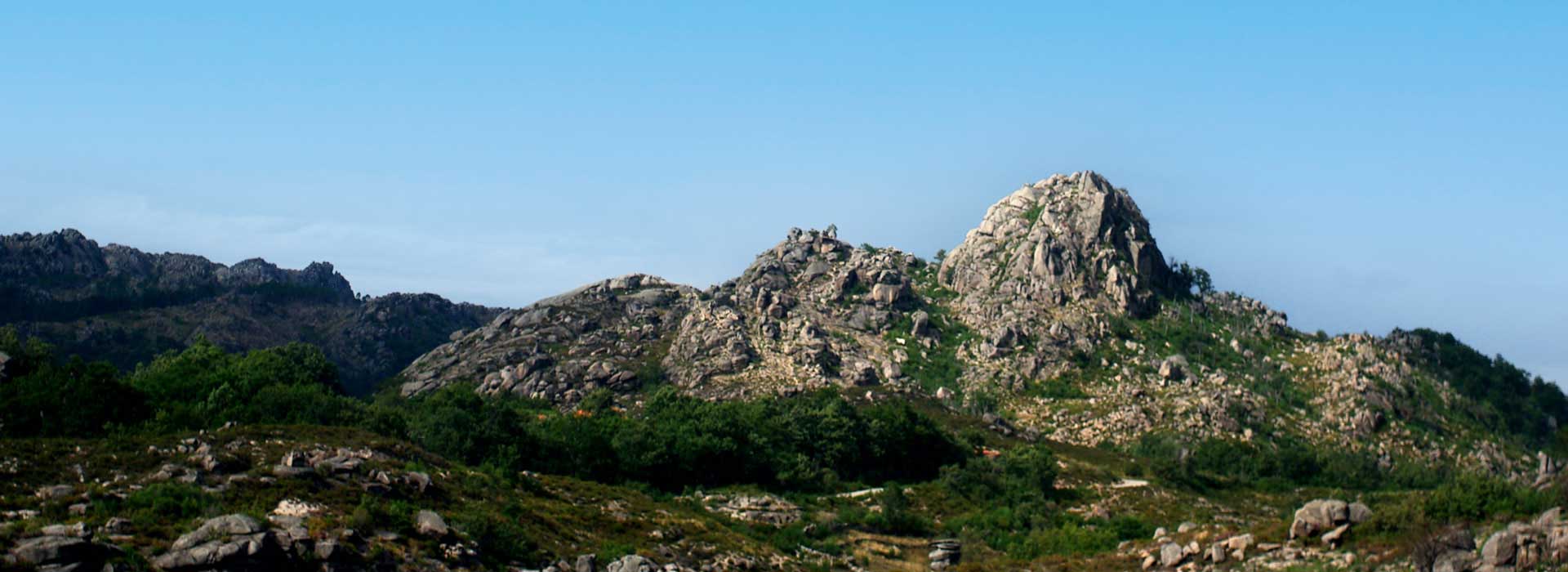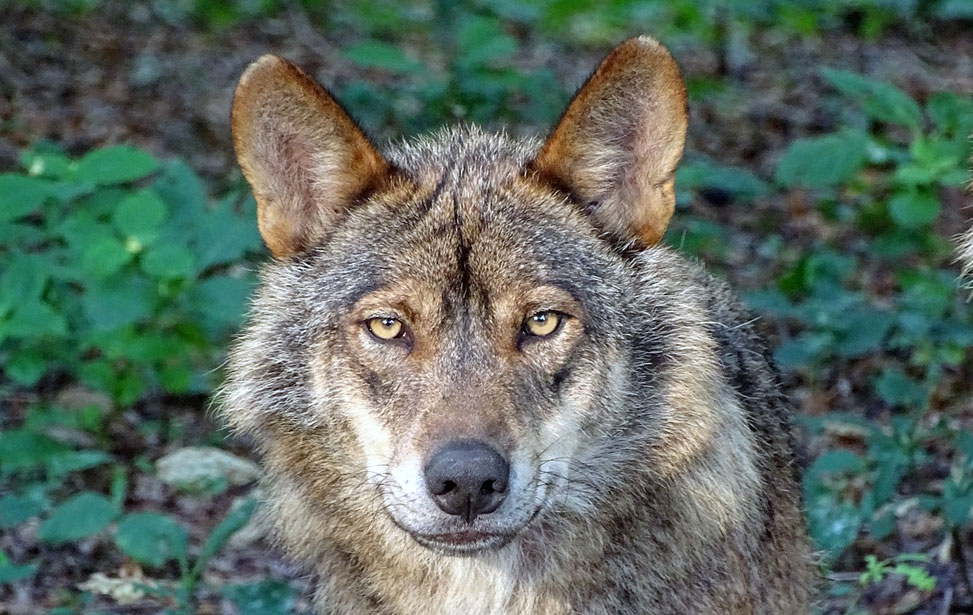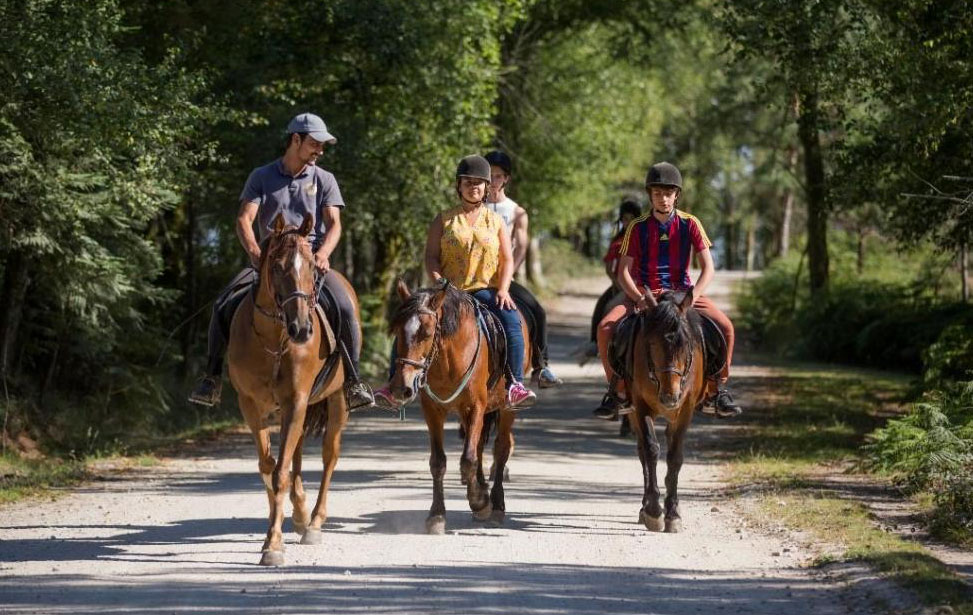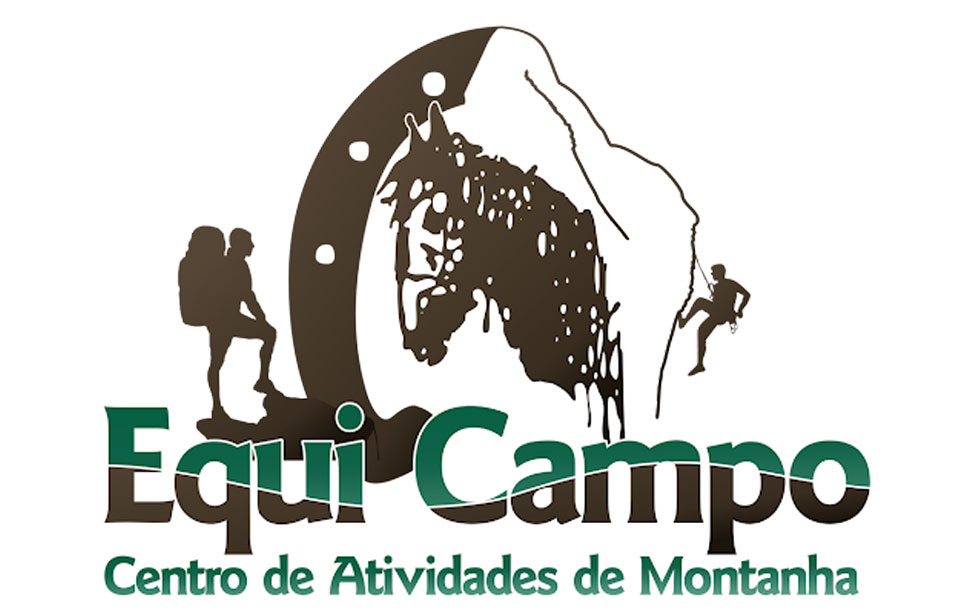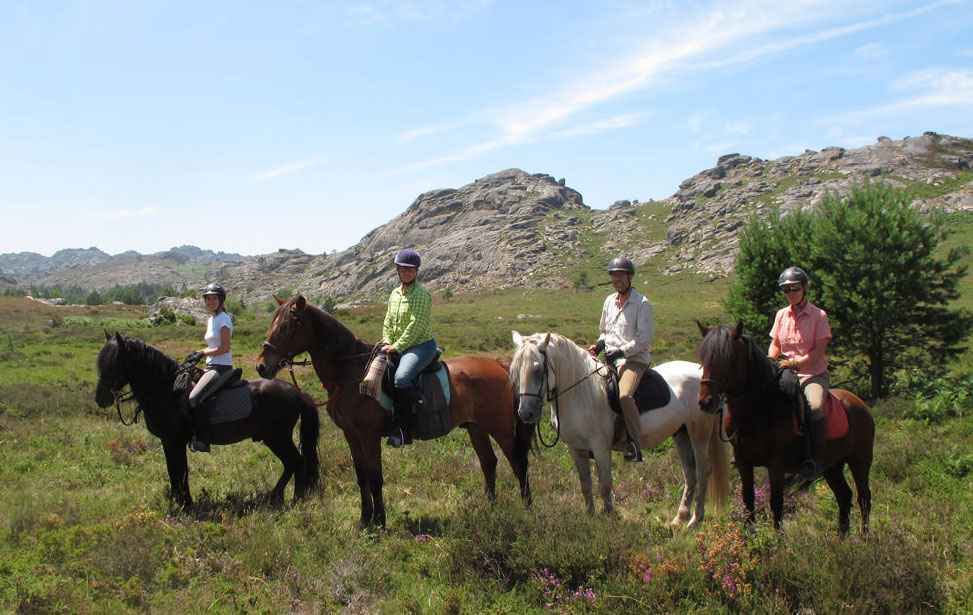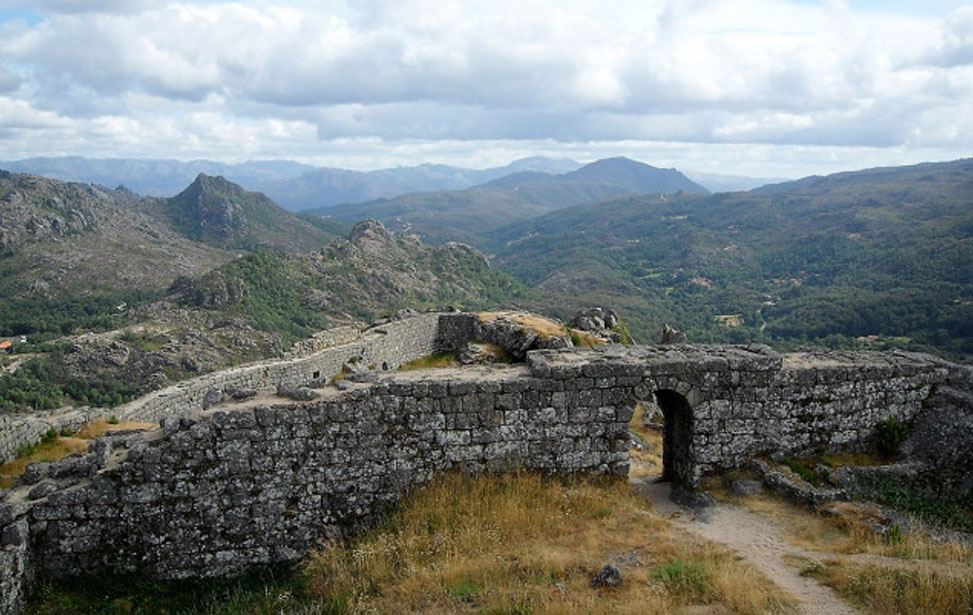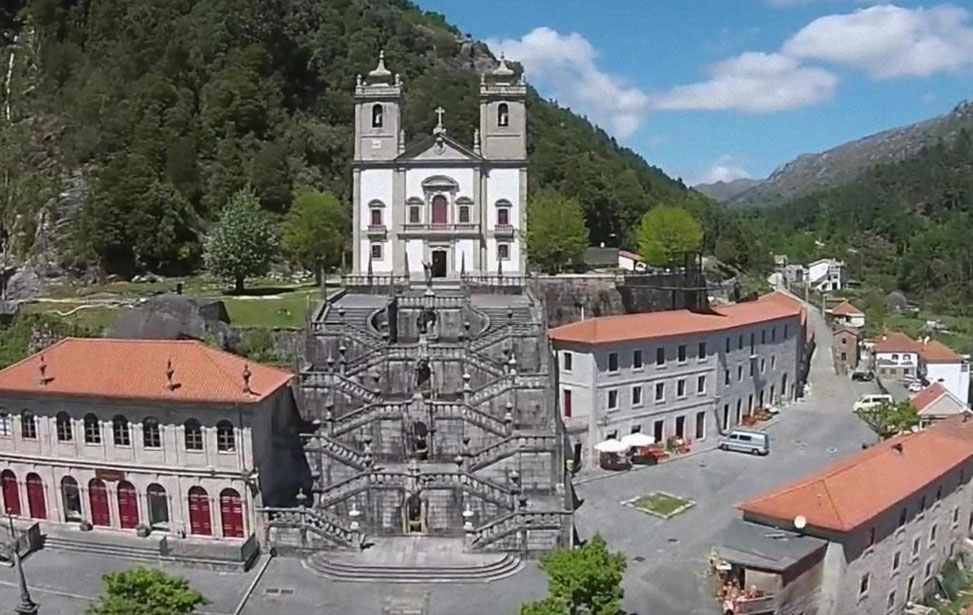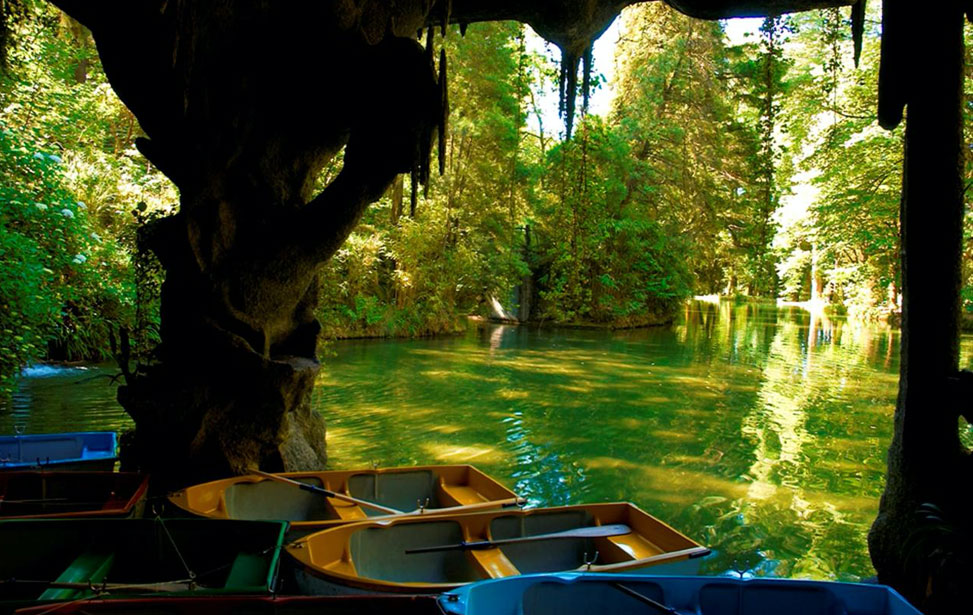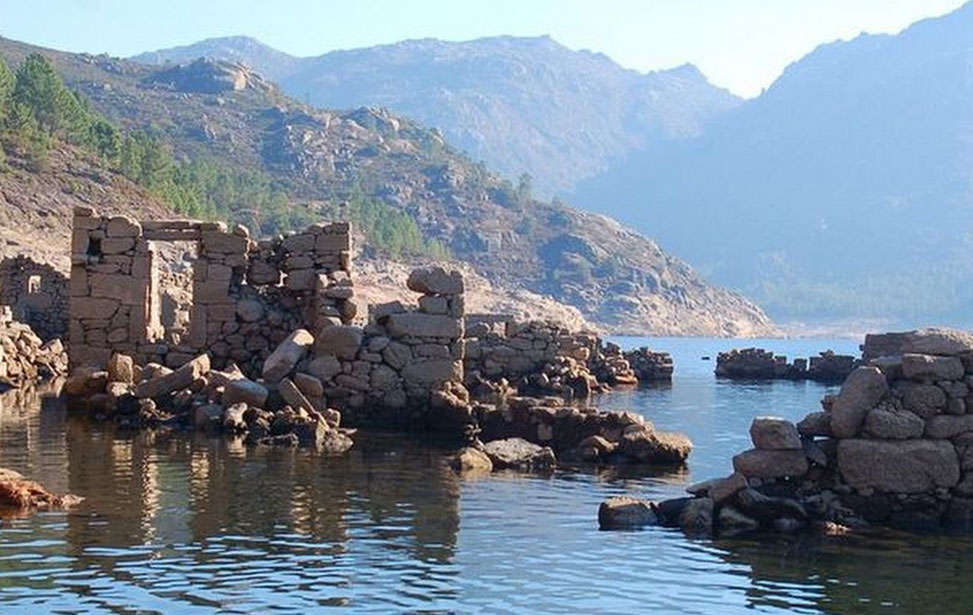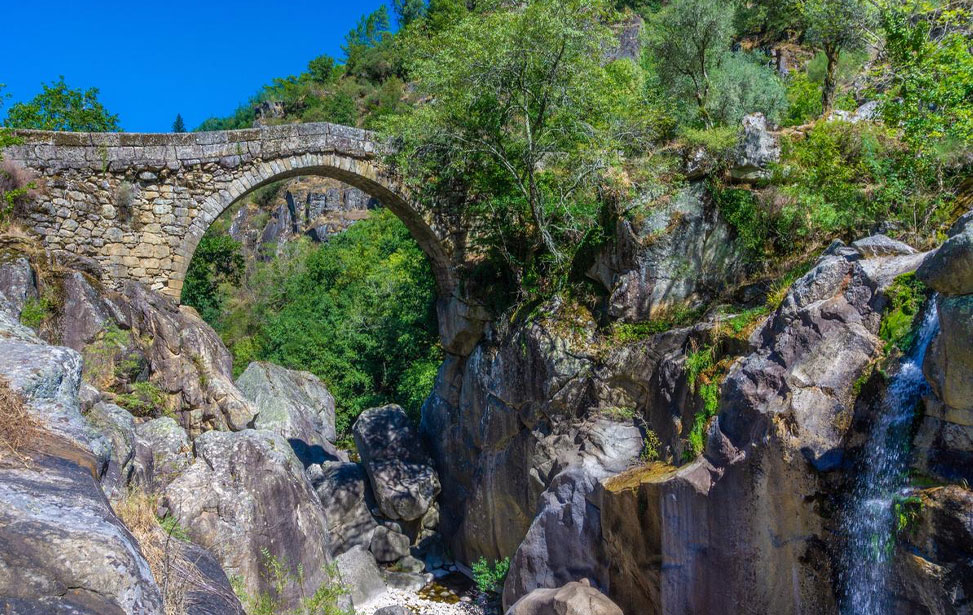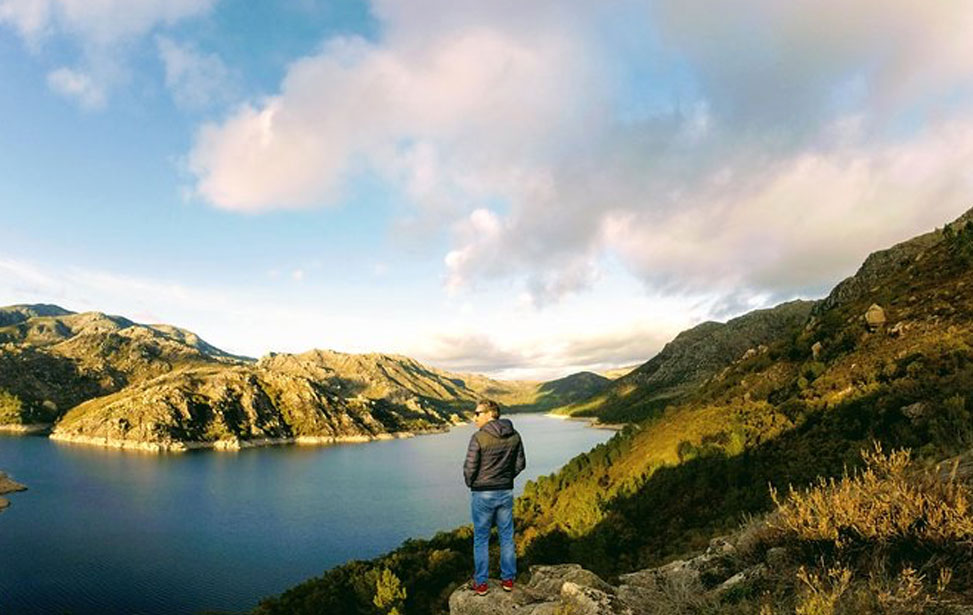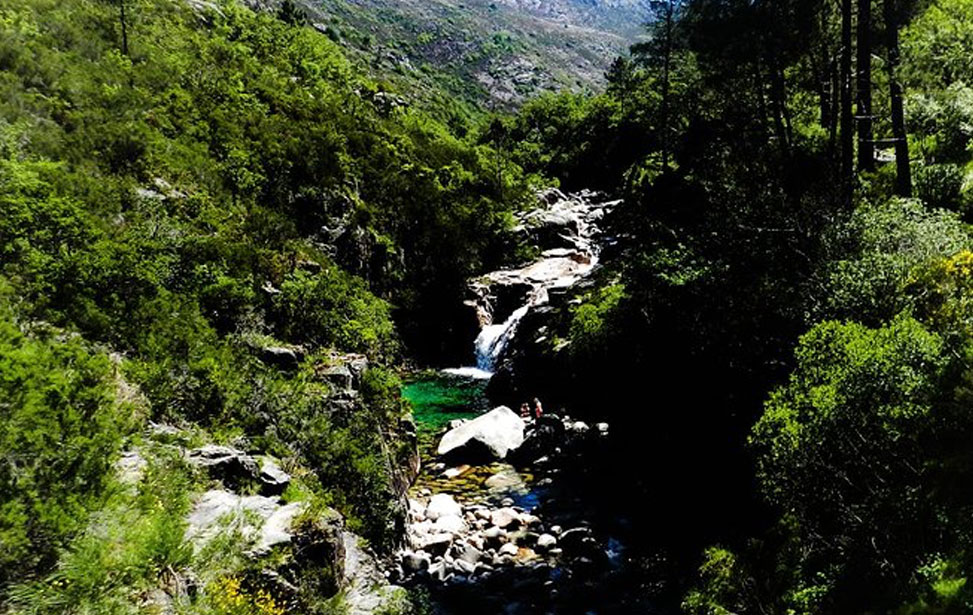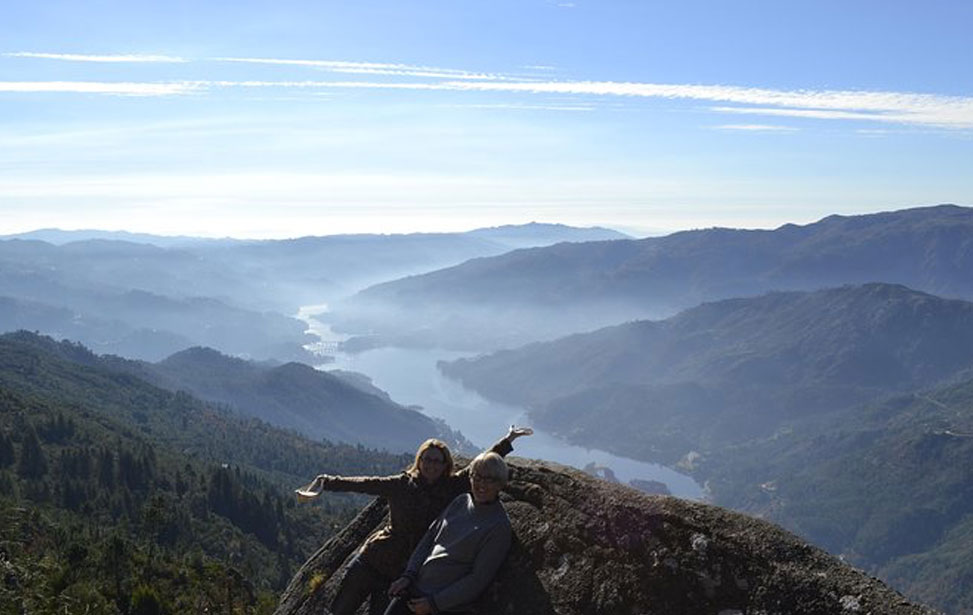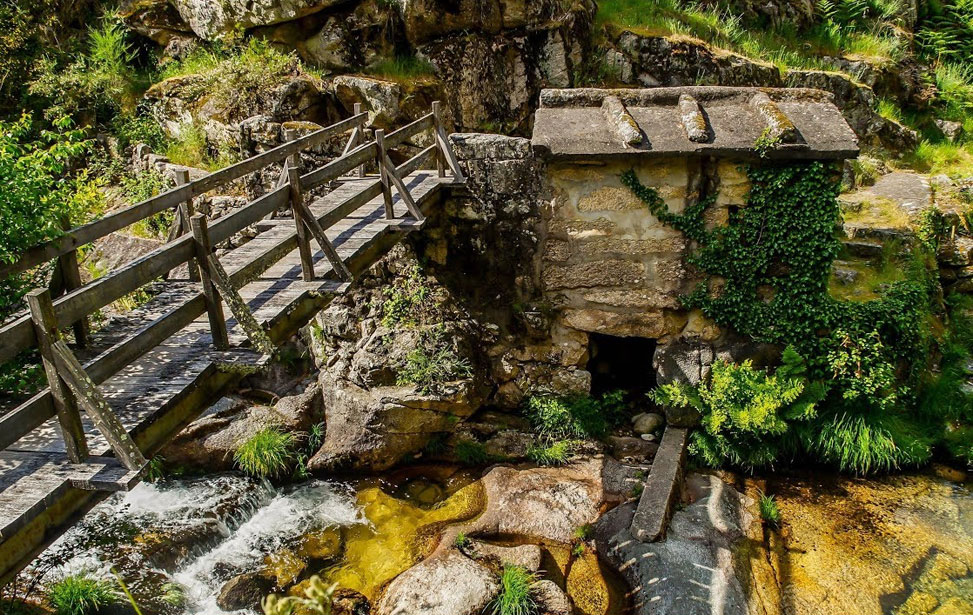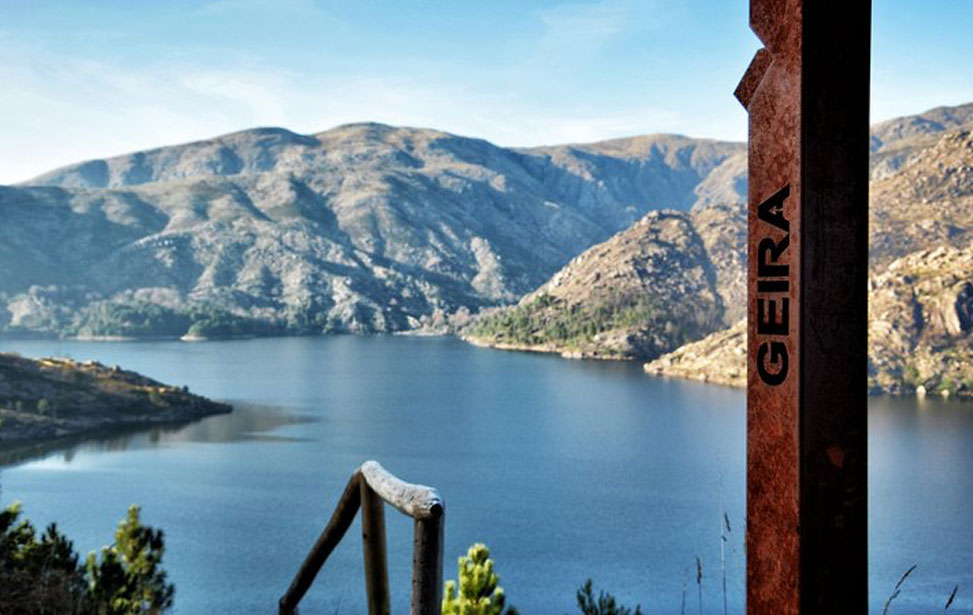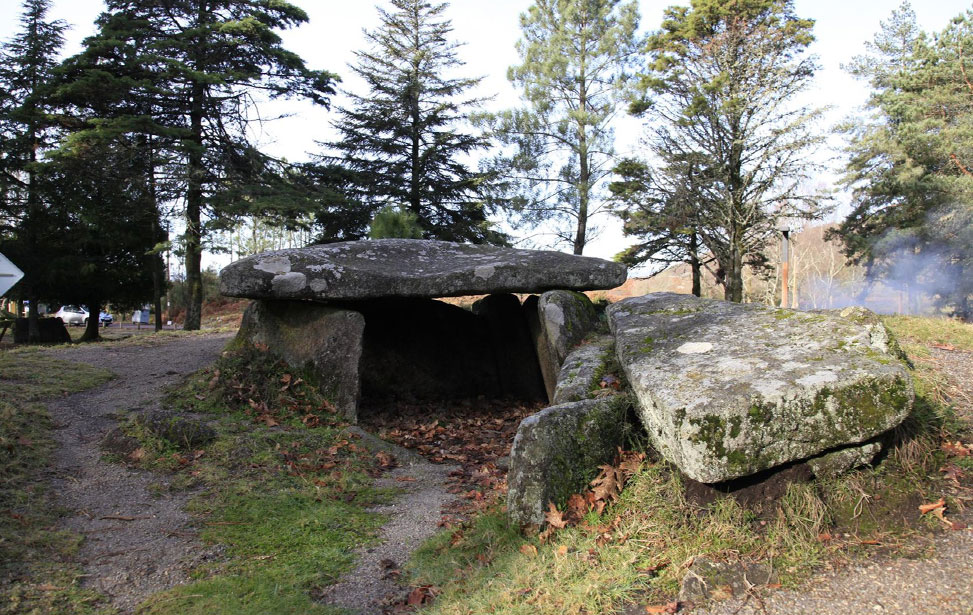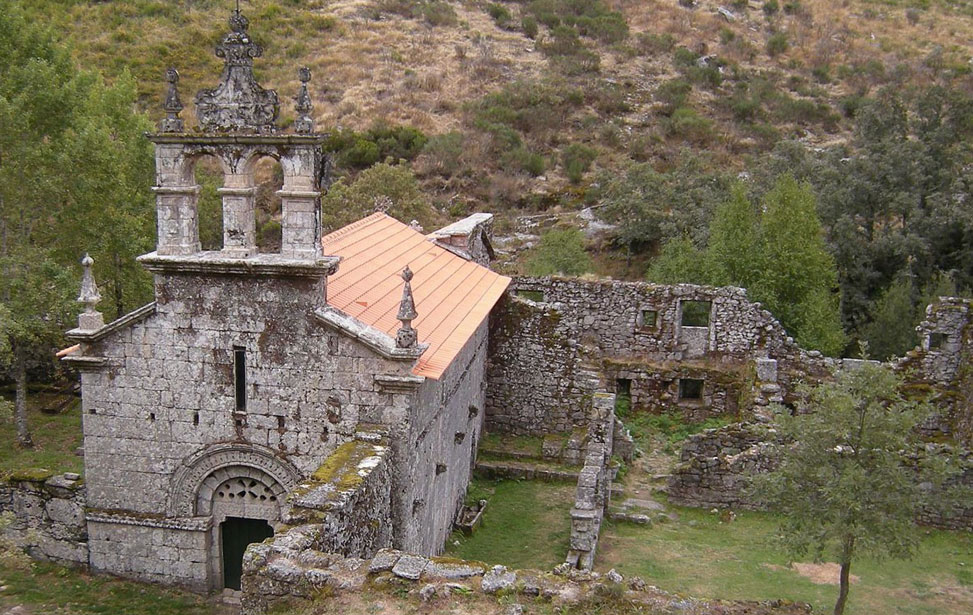Peneda-Gerês is one of Europe's last sanctuary for animals such as Golden Eagles (Aquila Chrysaetos), the protected Iberian Wolf (Canis Lupus), Roe Deer (Capreolus Capreolus), European otter (Lutra Lutra), Pyrenean or Iberian Desman (Galemys Pyrenaicus) and the wild Minho Pony or Garrano. The wild ponies are of Celtic origin and are subjects of many ancient rock carvings. After their domestication, the wild herds of Garrano ponies dwindled until an extensive program to re-establish in the wild occurred in the 1940s. Reptiles and amphibians have also found their homes here such as the Gold-Striped Salamander (Chioglossa Lusitanica), Iberian Emerald Lizard (Lacerta Schreiberi) and the Iberian Frog (Rana Iberica).
Human Settlement
People have lived in Peneda-Gerês since the Neolithic period and have left their mark on the landscape. Megalithic burial sites can be found at Castro Laboreiro and the Mourela plateaux, eighteen stone dolmens with cairns and tumuli are located at Britelo and the burial complex that can be found at Antas do Mezio. Much later Celtiberians settlements are found here too such as the fortified settlements at Calcedonia (Terras de Bouro) and Outeiro (Montalegre). It's believed to be still more prehistoric settlements as yet undiscovered.
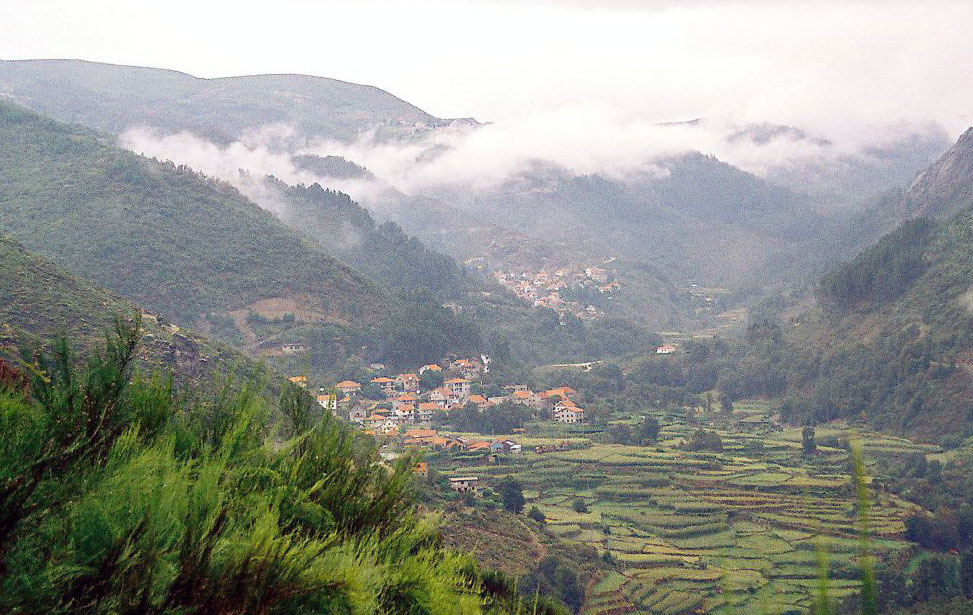
Peneda Gerês National Park
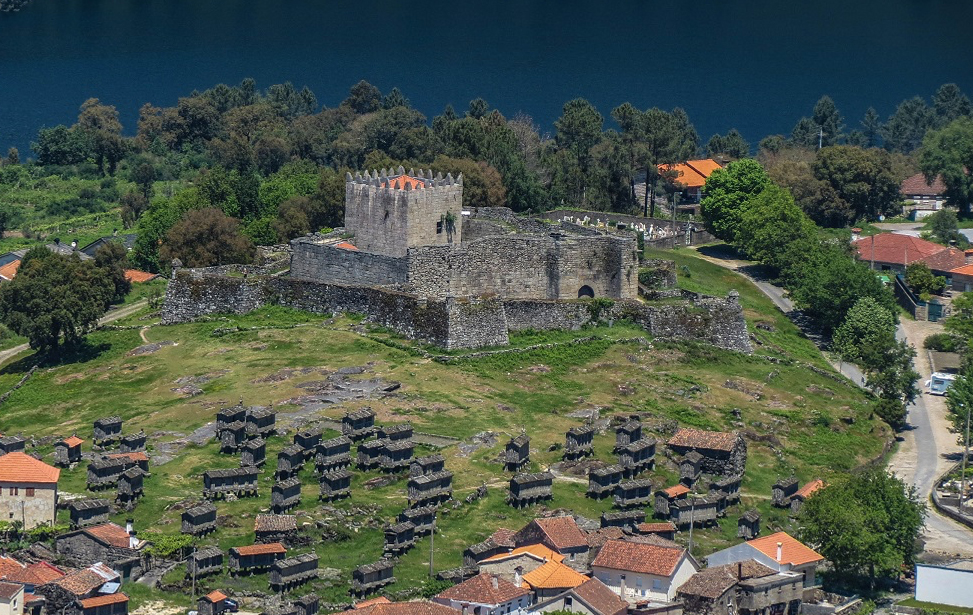
Lindoso
Some vestiges from the Roman period are found in the Geira or Roman road which ran 185 miles (300km) between the two most important Roman cities of the Iberian peninsula, Braga and Astorga in Spain. This first-century road is well-trodden and deeply rutted by two thousand years of cartwheels. One of its best-preserved sections runs between Campo de Gerês and Portela do Homem, an area where Roman milestones, paving slabs and other archaeological remains can be found. The road is popular with walkers who take advantage of the great vistas and landscapes on offer as well as making full use of the restoration that has taken place over recent years.
The German tribes which accompanied the Suebi during their take over of the Iberian Peninsula from the Romans settled in the area. The region between the Cávado and Homem Rivers is today still known as Terras de Bouro (Land of the Buri). Yet in subsequent times the population declined as people migrated to the lowlands. There are still plenty of monuments from later times, some accessible from the road or hiking trails. Many are religious in nature such as the monastery at Pitões das Júnias, Senhora da Peneda and São Bento da Porta Aberta, or defensive structures such as the castle at Lindoso.

 MAD ABOUT LISBON
MAD ABOUT LISBON MAD ABOUT SINTRA
MAD ABOUT SINTRA MAD ABOUT PORTUGAL
MAD ABOUT PORTUGAL
